In this day and age, just about anyone who’s into guns knows the difference between a rimfire vs centerfire cartridge.
A lot of gun enthusiasts (at least everyone I know) started out as kids or adolescents shooting varmint trespassing in the yard with a youth rifle or a small revolver loaded with rimfire cartridges — usually, the measly .22 Long Rifle which has more than enough power for such tiny targets.
More Caliber as You Age
They would eventually get tired of shooting coyotes and squirrels and decide to move to more powerful platforms that fire significantly more potent rounds, usually the .223 Remington or the 5.56mm for rifles, and the .357 magnum for medium-frame revolvers.
Over the course of their adult life, they’ll acquire several different firearms for practical purposes — typically for self-defense and hunting. These are far more powerful than the youth rifle they used from when they were much younger. And all these usually have one big thing in common: the use of centerfire cartridges.
Rimfire vs Centerfire Power Assumptions
Because of this, centerfire has become synonymous with more power. So it is not surprising that rimfire has become synonymous with less power. And while this is considered gospel truth among enthusiasts, most of us don’t know that this wasn’t always the case.
What’s worse, when the two are being compared, rimfire cartridges always gets the short end of the stick, as if these are totally worthless and shouldn’t exist. For true students of firearms, it is not fair to talk on the merits of each cartridge type by looking at ballistics performance charts alone.
In this article, we’ll take a brief look at the history of each cartridge, how and why they were developed, and try to get a better understanding of the merits and disadvantages of each to determine when, or for what purpose, one should be chosen over the other.
Table Of Contents
- More Caliber as You Age
- Rimfire vs Centerfire Power Assumptions
- A Lesson in Ammunition History
- List of Rimfire Cartridges
- Why are There Are Less Rimfire vs Centerfire?
- Components of the Modern Day Firearm Cartridge
- Types of Centerfire – Why They Matter
- Are Rimfire Cartridges that Bad?
- Best Rimfire Ammo Options
- Favorite Centerfire Ammo?
- Rimfire vs Centerfire – Conclusion
- Recommended Reading
A Lesson in Ammunition History
No, we’re not going back to 10th Century China when the Li Hua Ch’iang (the Chinese fire lance), the great, great granddaddy of all firearms, was quite a sight to behold. Nope. That would be too far back. We’ll jump straight into the era when cartridges were starting to become a thing in the west.
What Was the First Rimfire Ammo?
The very first rimfire ammunition was the BB (bullet breach) Cap invented in 1845 by Louis Nicolas Auguste Flobert, a French gunsmith. It was a metallic cartridge with a percussion cap and a bullet designed specifically for shooting gallery use.
The cartridge had a very short case length because the bullet only had to be propelled by the priming compound distributed inside the rim. It had no serious firepower and didn’t have any practical purpose in gunfights because it was only designed for recreational shooting.
End of the BB Cap
Eventually, the BB Cap was succeeded by the CB (conical bullet) Cap, the first rimfire cartridge that used a powder charge (it had black powder, and only very little of it). It was still intended for shooting gallery and lacked enough power to be used for gunfights or self-defense.
In 1857, a slightly more powerful .22-caliber rimfire cartridge, the .22 Short, was developed for use with the S&W Mark 1 revolver, the very first firearm that marked the birth of what is today one of the biggest firearms manufacturing company — Smith and Wesson.
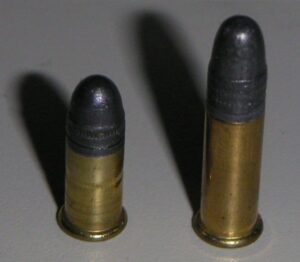
Even with its use of black powder, the .22 Short was (and still is) a ballistically weak round for all intents and purposes. Theoretically, it could still hurt a bad guy enough to deter them from harming the user, but it would take a point-blank shot to the facial area (even then it’s a tall order — it would probably more likely piss them off they’d want to hurt the shooter even more).
29-Grain Weakness
Forget about aiming in their center of mass because even if it penetrates, the 29-gr. bullet with its rather slow muzzle velocity of only ~890 feet per second isn’t likely going to cause significant damage. Here’s a video with a rather crude method of ballistics testing using a hotter .22 Short load (Remington High-Velocity rounds with an advertised velocity of 1,095 feet per second).
He used cook bone and four blocks of compressed wet paper measuring around 12 inches in total. At a distance of four and a half feet the bullet only penetrated around four and a half inches of wet paper and while it did penetrate about an inch of bone, it didn’t go through (that, and the bone he used was cooked).
While the guy who did the tests sounded pleased with his findings, I don’t think the .22 Short even with higher velocity would be viable for practical (i.e. self-defense) applications. A .22 Long Rifle (.22LR) is better, and if one would really only limit themselves to firing .22-caliber rimfires. A .22 Magnum would even be far better.
Fixing Weak . 22 Ballistics
Because of the weak ballistics, a longer case of the same diameter was developed for the 29-grain .22 Short. In 1871, the .22 Long (not to be confused with the .22 Long Rifle) was born. This makes it the second oldest rimfire cartridge.
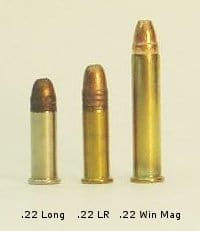
.22 Long Refuses to Die
Though it didn’t become as popular as its ballistically superior successors, the .22 Long refuses to die, what with companies like CCI still manufacturing these cartridges as part of their High-Velocity line of ammo. The CCI .22 Long offers velocities of up to 1,215 feet per second.
In the following years after these two .22-caliber rimfire cartridges came out, a huge lot of other .22-caliber rimfire cartridges were invented: the .22 Long Rifle (1887), the .22 Winchester Rimfire (1890), the .22 Winchester Automatic (1903) and the .22 WMR (also known as .22 Magnum, 1959).
Rimfire is More than .22
But rimfire cartridges aren’t limited to .22 caliber bullets. Some use smaller and bigger diameter bullets. Here’s a quick list for some of you gun nerds out there who might be inclined to do more reading (please note that this might not be a complete list):
List of Rimfire Cartridges
Let me say right now that I wouldn’t bother listing down all of the known centerfire cartridges. Because there are literally thousands of them compared to the very few known rimfire cartridges.
Why are There Are Less Rimfire vs Centerfire?
And there’s a simple reason as to why there’s really only very few of rimfire cartridges: it’s because of the way a rimfire cartridge works as intended. By design, it must have a very thin rim that has to ignite the thin layer of priming compound in it when it’s struck by a gun’s firing pin.
Having a thin rim means it cannot handle too much pressure. Case in point, the .17 Winchester Super Magnum, which rimfire enthusiasts acknowledge as the most powerful rimfire cartridge ever created, is rated for a SAAMI maximum average of 33,000 pounds per square inch of pressure.
Comparing it to the highest SAAMI pressure rating for any centerfire cartridges which is 65,000 pounds per square inch, it can only withstand about half the pressure. The .270 Winchester Short Magnum, one of the more common centerfire cartridges for hunting up to moose-size game at up 350 yards, is rated for that much pressure.
The First Metallic Cartridge
Contrary to what a lot of people (myself included) think, the first metallic firearm cartridge ever invented was closer to the centerfire design than it is to rimfire (though it bears very little resemblance to modern centerfire cartridges). It was invented some time between 1808 and 1812 by a Swiss soldier who was also a gunsmith, Jean Samuel Pauly.
But the first true centerfire cartridge design was the brainchild of another Frenchman by the name of Clement Pottet in the late 1820s and improved upon by yet another Frenchman, Francois E. Schneider. A little over three decades later, in 1861, it was introduced to England by George H. Daw who bought the patent rights from Schneider.
Around the time of the American Civil War, two “repeating” rifles came out, both using rimfire cartridges: the Spencer Rifle which played an important role in the Battle of Gettysburg, and much later, the Henry Rifle.
Both were decent rifles but because of the use of lower pressure rimfire cartridges, production would eventually stop to give way for rifles that can safely use higher pressure ammo — centerfire cartridges.
Post Civil War Centerfire Advancements
Eight years after the American Civil War, the .44-40 Winchester centerfire cartridge was born. It was designed specifically for the Winchester Model 1873 rifle. Which a lot of historians refer to as “the gun that won the West”.

Within the same year, Colt came up with the .45 Colt. Commonly referred to today as the .45 Long Colt. Another big-bore centerfire cartridge. From this point on, the centerfire cartridge would enjoy a well-deserved reputation for power, safety, and reliability.
Components of the Modern Day Firearm Cartridge
Today, regardless of whether a cartridge is a rimfire or a centerfire, all of them consist of a primer, a case, the powder charge and the bullet. The case holds the rest of the components together, with a portion of the bullet is seated in it.
How Does a Rimfire vs Centerfire Work?
When a gun’s trigger is pulled, the firing pin strikes the bottom part of a chambered cartridge which detonates the primer, which in turn ignites the powder charge, which in turn explodes and creates serious pressure within the cartridge’s walls and the firearm’s chamber. This pressure results in the bullet being propelled out of the gun’s front end — and the gun’s back-end “kicking” the shooter’s hands, also known as recoil.
What Sets a Rimfire vs Centerfire Apart?
As far as design differences, the only thing that sets the two cartridges apart is the way their primers can be struck by their respective guns’ firing pin. I.e where inside the case the priming compound is situated. The rimfire cartridge’s rim is usually a thin brass that is filled with shock-sensitive primer compound.
The firing pin of the firearm within which the rimfire cartridge is chambered will strike the cartridge’s rim from any angle and because the rim is so thin, the impact will detonate the primer compound, resulting in a discharge.
Main Issue With Rimfire
The main issue with this is because the rim of the cartridge has to be made thin. The cartridge can only handle so much pressure. This is an inherent drawback of the rimfire design which makes it only suitable for relatively lower pressure ammunition — rim can be made too thick, otherwise, the primer won’t detonate upon the firing pin’s impact.
 Previous Rimfire Reliability
Previous Rimfire Reliability
Another drawback is reliability. To some folks, rimfire cartridges have a reputation for misfires. This is because typically (in the past at least), rimfire cartridges are primed by hand — i.e. the priming compound, a wet substance that only becomes shock-sensitive when it dries, is pushed into the case using a tool that resembles a drywall blade.
Weather Impact on Rimfire Cartridges
While this is not the case anymore as the video below shows, the fact that the priming compound in rimfire cartridges has to be totally dry for the firing pin’s impact to detonate it means that if for some reason, the priming compound can’t stay dry (i.e. during handling and storage), the cartridge won’t work as intended.
Can Rimfire Ammo Be Reloaded?
Lastly, empty rimfire cartridges cannot be reloaded once fired. Once the cartridge’s rim is crushed, there’s simply no way a new primer compound can be forced into it. Spent rimfire cartridge cases have to be sold as scrap metal.
Why Can You Reload Centerfire vs Rimfire?
Centerfire cartridges, on the other hand, have a small pocket on the center of the rim where a tiny metal cup that contains the primer compound is inserted. The firing pin of the gun where the centerfire cartridge is chambered is designed in such a way that it will only strike that little cup sitting in the center of the rim.
Upon pulling the gun’s trigger, the cup gets crushed between the firing pin and the anvil. Another feature of the centerfire cartridge design not present in the rimfire. As the metal cup is crushed, it detonates the primer compound which ignites the powder charge.
Because of the cupped primer design, the rim of the centerfire doesn’t have to be made thin, allowing for the cartridge to handle more pressure as the rim can be made thicker. And because only that metal cup is crushed when the firing pin strikes, no part of the cartridge’s rim is damaged.
Types of Centerfire – Why They Matter
There are two types of centerfire cartridges: the Berdan-primed, and the Boxer-primed. This is a broad topic in and of itself so we will not talk about this in great detail, but if you’d like to reload your own ammo and you haven’t done it before, you might want to know how these two are different.
What is a Berdan Primed Centerfire Cartridge?
A Berdan-primed centerfire cartridge has its anvil situated in that little pocket on the center the cartridge, and with that anvil are two to three tiny flash holes. A Boxer-primed cartridge, on the other hand, has its anvil integrated into the metal cup that holds the priming compound and only has one big flash hole.
Berdan-primed ammunition is, therefore, easier to manufacture. Because the primer cups are just hollow cylindrical pieces of metal that can be punched out of different metals. The metal cup only has to be filled with priming compound. Then it’s ready to be inserted into the primer pocket of a cartridge. This makes Berdan-primed ammo cheaper.
What is a Boxer Primed Centerfire Cartridge?
Boxer-primed ammunition is not as easy to manufacture. Because the anvil has to be built into the metal cup holding the priming compound. But what’s great about this type of centerfire cartridge is they can be easily hand-loaded.
The spent metal cup primer can be taken out of that center pocket and a new one can be inserted. A hand-loader then puts new powder charge in the case and seats in a new bullet, and the cartridge is ready again for another shot.
Can You Reload Berdan Primed Cartridges?
Berdan-primed cartridges can be hand-loaded too. Contrary to what some hand-loaders might say, it doesn’t matter if the cartridge uses a Berdan primer because it can still be hand loaded. But it’s not going to be easy. The video below shows how it can be done and what tools are needed:
But even if you don’t hand-load your own ammo, if you want to save up on ammo cost, all you really need to do is send your empties to reload ammo manufacturers like Freedom Munitions. They have a programs called “Brass Credit” wherein you get credit which can be used toward ammo purchase whenever they receive your empty brass.
Are Rimfire Cartridges that Bad?
Given all the distinct advantages of centerfire cartridges, what’s the point of buying rimfire cartridges then? They’re ballistically weaker, their spent cases cannot be reused and they’re not as reliable as centerfire cartridges. Why buy them?
Rimfire Ammo vs Centerfire is Cheaper to Make
Rimfire cartridges are easier to manufacture compared to either of the two types of centerfire cartridge we briefly touched on earlier. These Rimfire cartridges only need thin brass and do not require the metal primer cups found in centerfire cartridges. This makes them easier to manufacture and because of this, rimfire ammo is cheaper.
And because rimfire ammo is cheap, so are the guns chambered for them. For home defense, a used semi-auto carbine chambered for the .22 Long Rifle loaded with some of the hottest CCI loads you can find (like their Copper-22s with advertised velocities of up to 1,850 feet per second out of a 16-inch barrel) can be a viable option and it won’t break the bank. Here’s a video showing such a setup:
Rimfire Has Less Recoil vs Centerfire
Because rimfire ammunition is inherently ballistically weaker than their centerfire counterparts, recoil is also never going to be an issue. If you’re a parent like me and you want to get your children into the wonderful world of firearms, you can buy them a youth rifle chambered for .22 Long Rifle without having to worry that the recoil would hurt them.
And don’t underestimate the more powerful rimfire cartridges like the .22 WMR which works well in revolvers and rifles alike, and the ultra-high velocity .17 Winchester Super Magnum. While they’re not nearly as powerful as their big-bore centerfire magnum cartridge counterparts, they still pack a wallop.
The More Powerful Gun Doesn’t Always Win
Besides, in gunfights, it’s not the person with the more powerful gun that wins. A .22 LR firearm in the hands of a trained shooter is far superior to a .357 Magnum in the hands of a novice. Also, some of the best muzzleloader guns are rimfire types.
Lastly, that bit about rimfire cartridges being unreliable, it really depends on the firearm brand and the ammo brand. If you buy cheap stuff, you’re more likely to get lemons. There are many used brand-name guns for sale online if you don’t want to pay a premium for a brand-name NIB condition gun.

Best Rimfire Ammo Options
| Product Name | Where to Buy | |
|---|---|---|
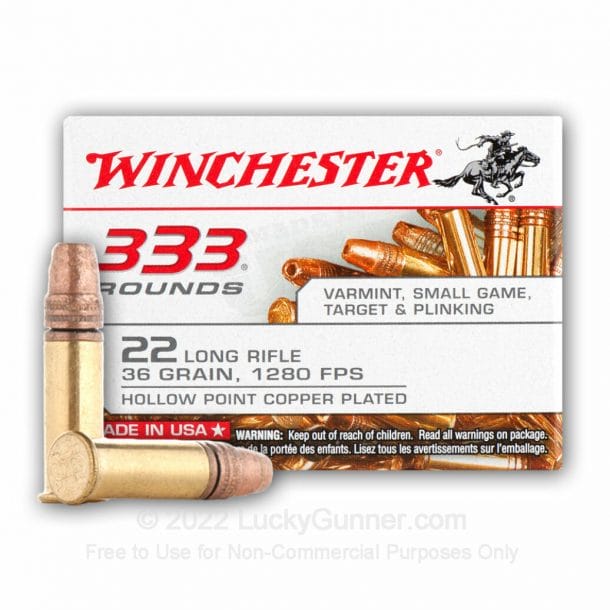 | Winchester – 22 LR – 36 gr CPHP | |
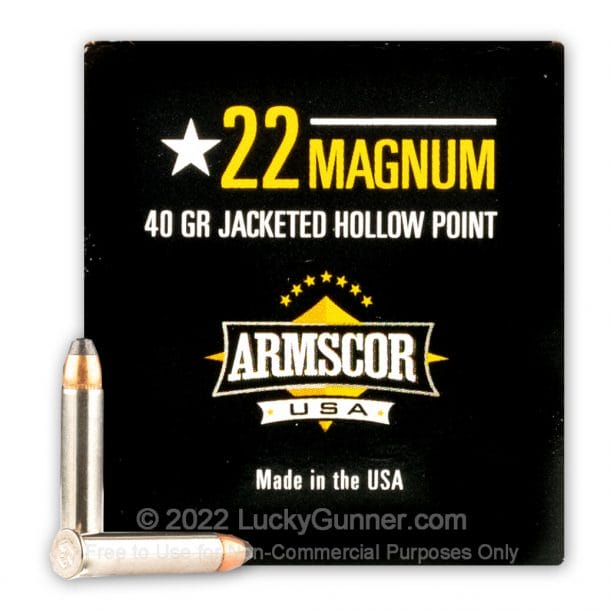 | Armscor – 22 WMR – 40 Grain JHP | |
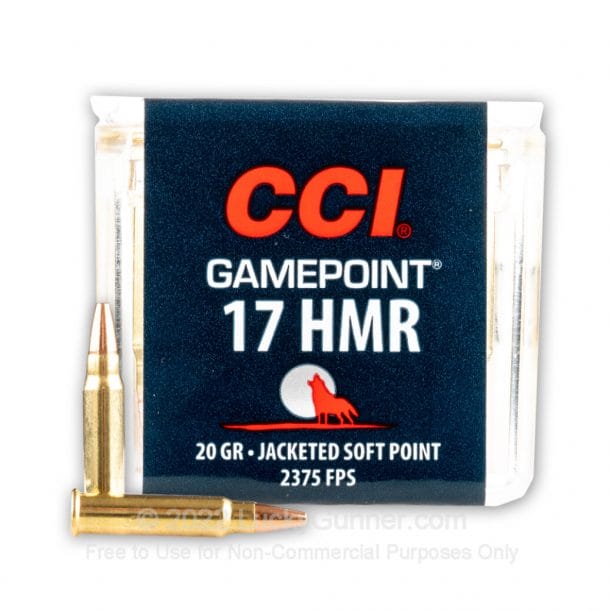 | 17 Hornady Magnum Rimfire (HMR) – 20 Grain JSP Gamepoint |
Favorite Centerfire Ammo?
This list would be too long. As we mentioned above there are to many types of list here. This obviously depends upon firearm you are looking for ammo to load.
Rimfire vs Centerfire – Conclusion
Well, hopefully, this article answers whatever questions you may have about rimfire vs centerfire cartridges and their differences.
Rimfire cartridges might not be as good as centerfire cartridges, but they’re great for some use case scenarios, unequaled even. It’s no wonder that after more than a hundred years, the design is still being used to this day and just simply refuses to die.
Centerfire cartridges are certainly better than rimfire cartridges in a lot of ways. But I wouldn’t limit myself to just one platform over the other simply because it’s “better”. These two cartridges are very different animals, there’s no logical reason to compare them.
How Do You Choose Between Rimfire vs Centerfire?
Now if you think you’re in a situation where you really have to make a decision as to which one you should choose over the other, I’d recommend you try shooting guns chambered both cartridge types.
To me, firearms are tools, and different tools are needed for different jobs. I can assure you, if you end up buying a few different firearms for both cartridge types, you wouldn’t even bother comparing. You’ll just be happy to have them.
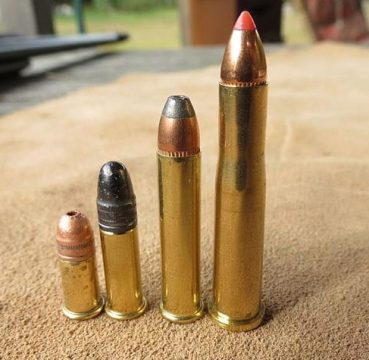



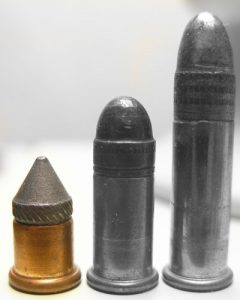
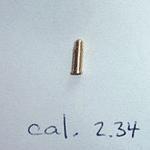
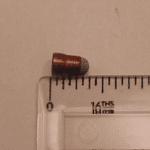
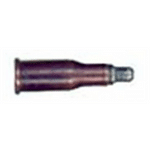
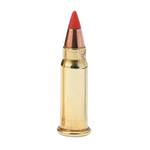
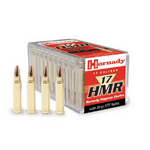
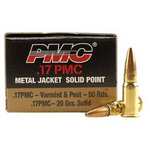
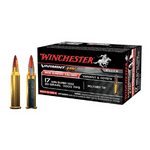
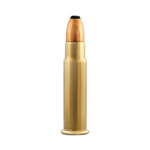
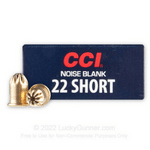
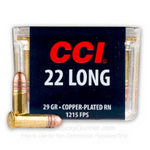
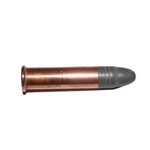
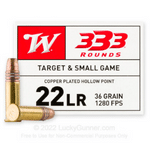
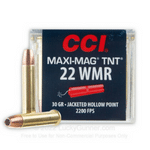
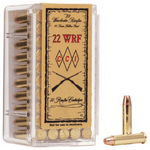
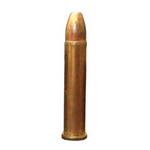
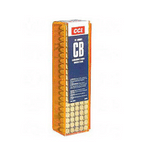
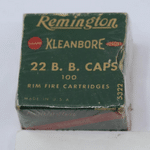
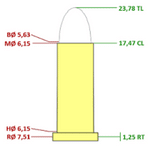
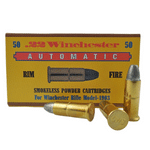
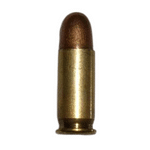
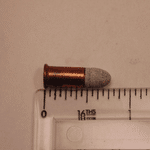
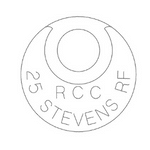
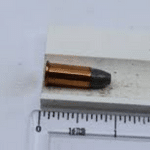
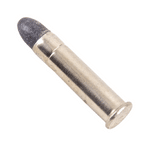
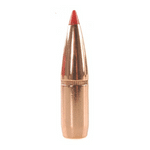
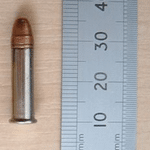
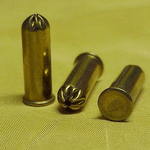
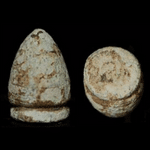
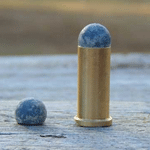
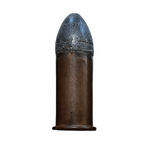
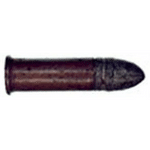
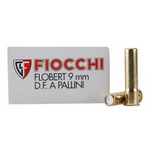
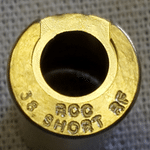
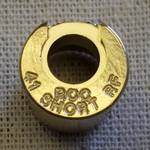
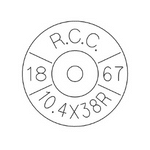
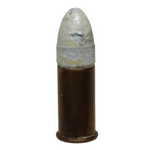
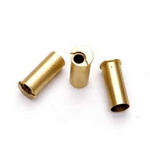
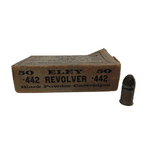
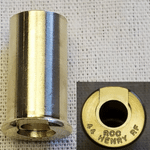
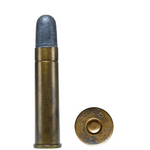
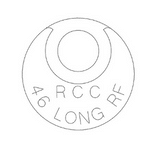
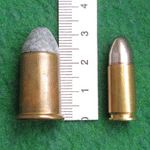
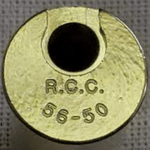

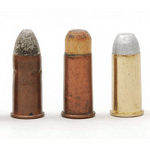
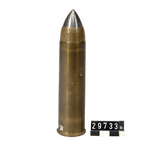









 Previous Rimfire Reliability
Previous Rimfire Reliability







